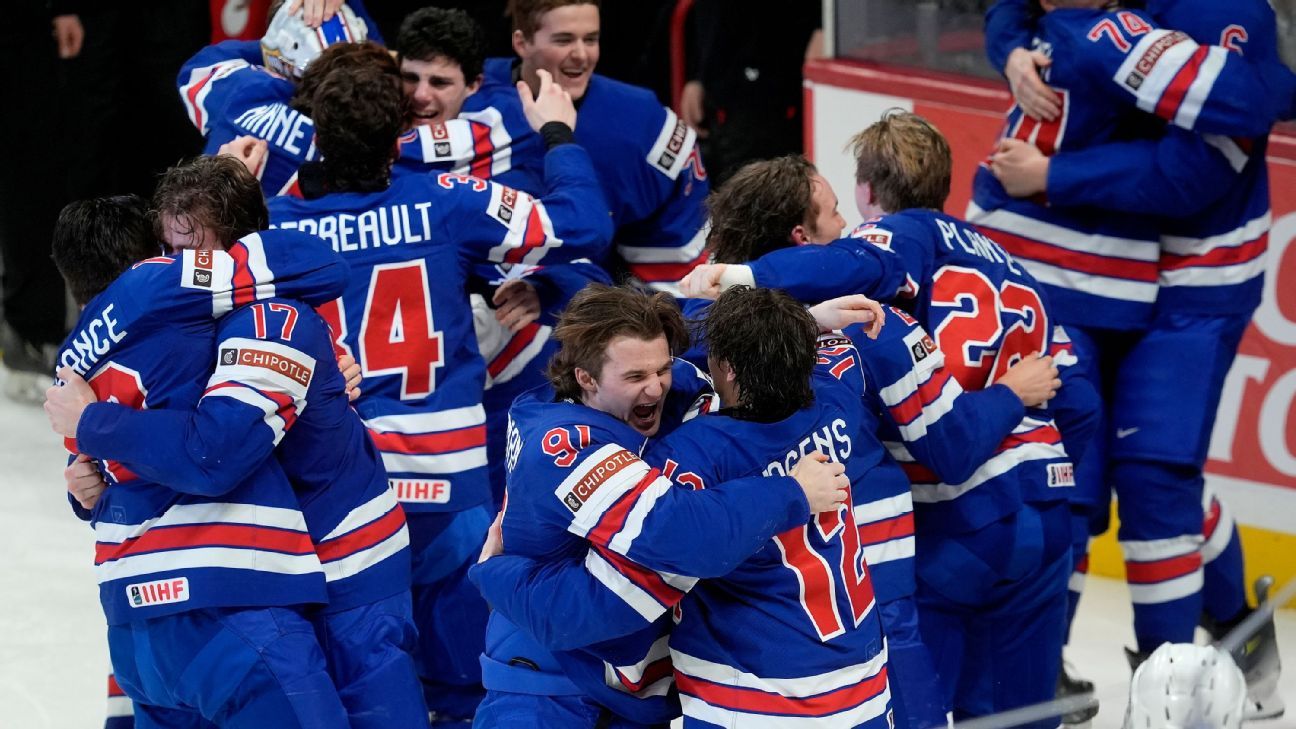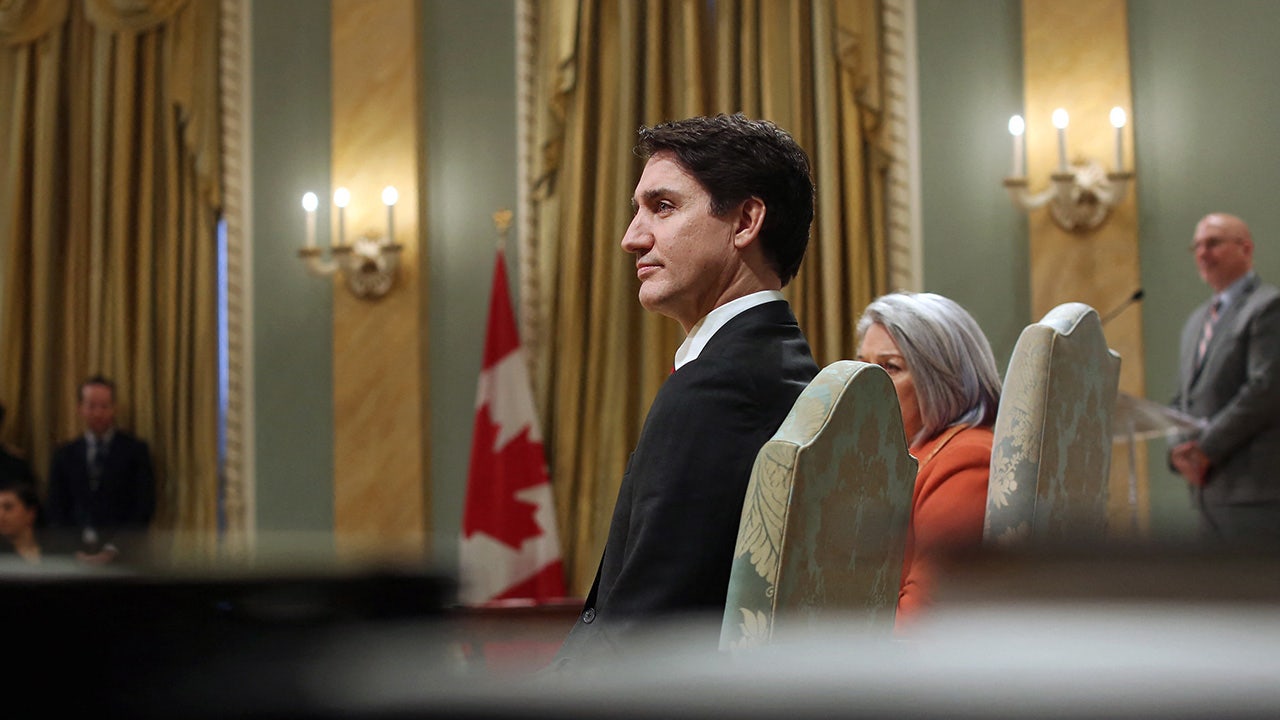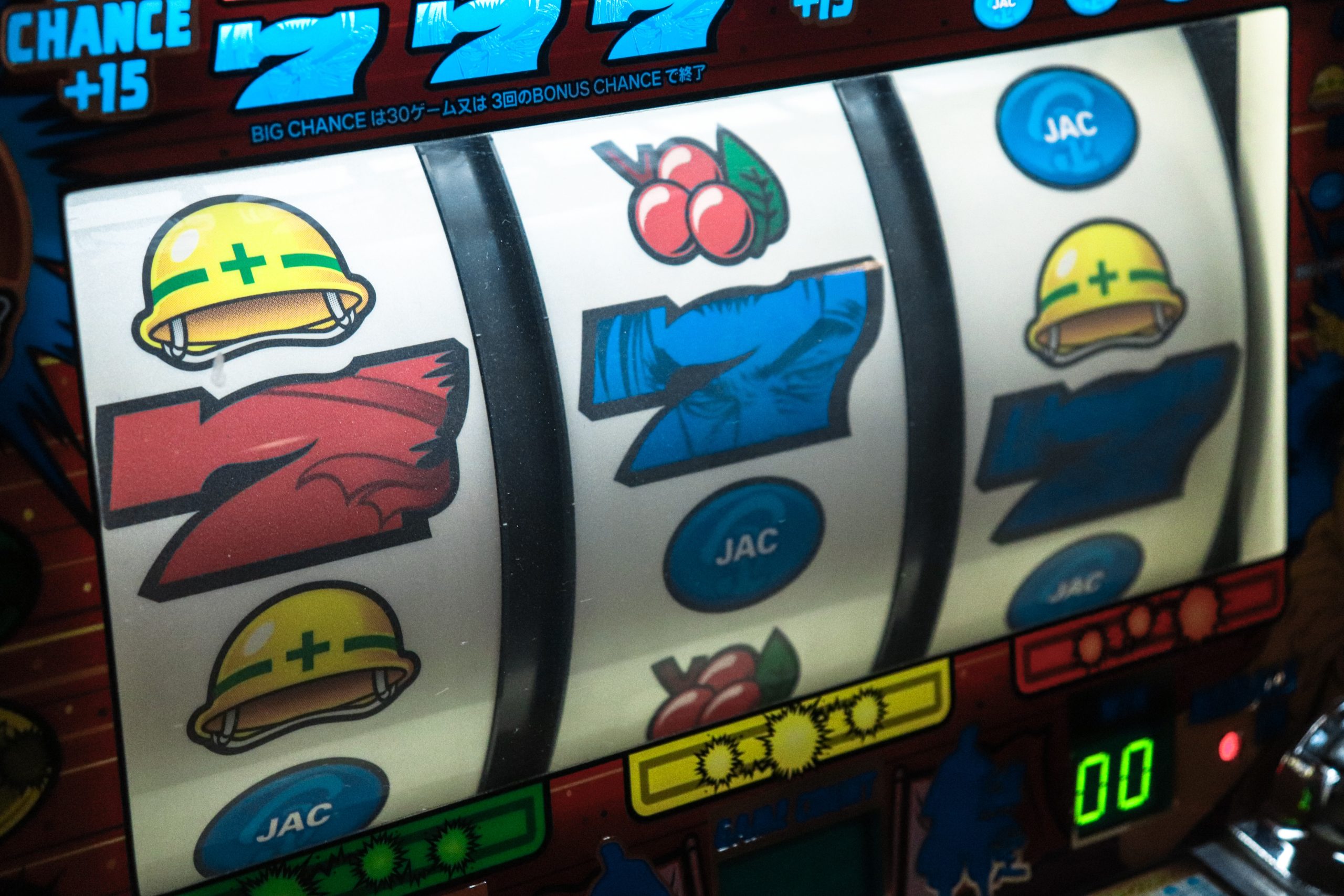World
A renowned, mysterious photographer of the American civil war

THE TREES are cloaked in mist. In the blurry distance a man sits on horseback; another stands by his mount. Around them lie vague shapes—corpses splayed on their backs in the grass. In a cluster of bodies in the foreground, a dead man looks towards the camera. The lips on his death-darkened face form a cartoonish “O”.
“A Harvest of Death”, taken at Gettysburg in 1863, is probably the most famous image of the American civil war, the first conflict to be extensively photographed. Yet its maker, Timothy O’Sullivan, is “a bona fide mystery”, according to Robert Sullivan in “Double Exposure”, a new book about the photographer. (The author is not related to his subject.) Ansel Adams, an American landscape photographer who rediscovered O’Sullivan’s work in the 1930s, described the scenes as “surrealistic and disturbing”. The pictures have enjoyed attention ever since.
But just an outline of O’Sullivan’s life story survives. Born in Ireland in 1840, he emigrated to New Orleans with his family and learned his trade in New York from Mathew Brady, who got rich and famous making portraits of the rich and famous. With his bulky camera and a travelling laboratory fashioned from an army-ambulance wagon, O’Sullivan soldiered through the civil war with the Union army, shooting pictures for Brady and then Alexander Gardner, one of Brady’s associates. (Brady exhibited the photos in his gallery; etching reproductions appeared in magazines and newspapers.)
After the war, he took photographs and stereographs—twinned pictures that create a three-dimensional image when viewed with special goggles—of the American West and Panama. He died of tuberculosis in 1882, aged 42. He left behind no letters, and a picture long considered to be a self-portrait is now thought to be of another man.
The key to understanding his pictures, Mr Sullivan argues, is the inversion of expectations. In “A Harvest of Death” the author identifies the photographer’s “trademark opposites”. In the distance the living look like spectres; in the foreground the dead are alive with detail. Throughout the war, O’Sullivan was attracted to unlikely perspectives: he once photographed Ulysses S. Grant and his officers from a church steeple, letting the viewer look down as if he were a Confederate sharpshooter.
The photographs O’Sullivan later took in the West—of towering cliffs and sand dunes, Native Americans and silver mines—also have an off-kilter feel. Mr Sullivan suggests that they are composed in the same visual language as the civil-war pictures, and that they indeed constitute “dispatches from the new theatre of war”: America’s westward expansion. Yet there is little triumphalism in his images.
O’Sullivan “repeatedly rejected the best general view” of mineral-rich mountains and frontier boomtowns, Mr Sullivan writes, preferring the images to be interesting rather than grand but bland. Similarly, instead of depicting Native Americans as stoic survivors of defeated tribes, as Edward Curtis would in the 1890s, O’Sullivan shows them as living, working people.
Photography was not established as fine art until the mid-20th century, so it is safe to say that O’Sullivan would not have thought of himself as an artist. His pictures, however, clearly show that he saw like one.
© 2023, The Economist Newspaper Limited. All rights reserved. From The Economist, published under licence. The original content can be found on www.economist.com
Continue reading with HT Premium Subscription
Daily E Paper I Premium Articles I Brunch E Magazine I Daily Infographics











